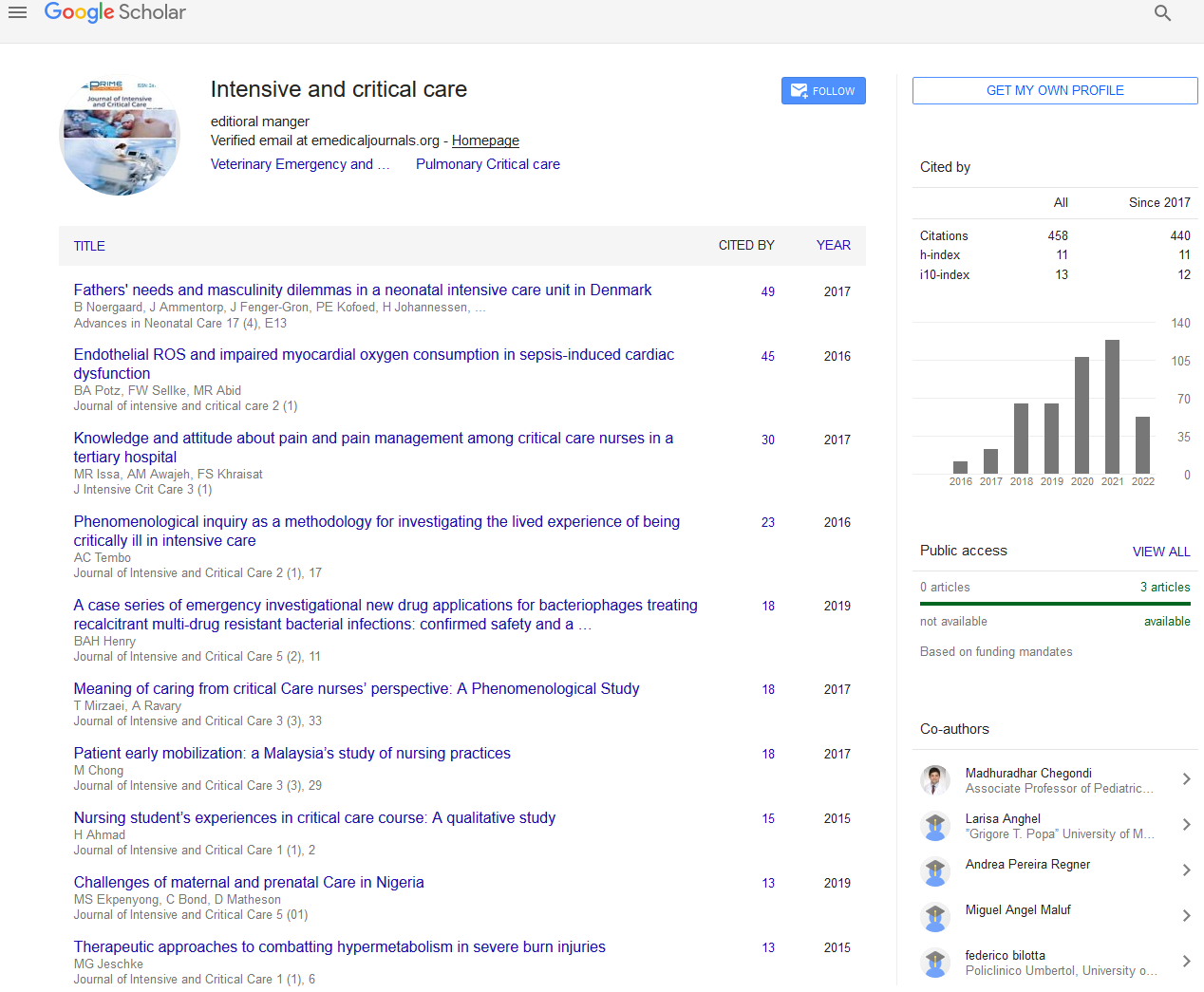Perspective - (2021) Volume 7, Issue 12
Purchasing Initiative for Ambulatory Surgery Centers in TRICARE West
Rishi Rathod*
Department of Internal Medicine, University of Central Missouri, Warrensburg, USA
*Correspondence:
Rishi Rathod, Department of Internal Medicine, University of Central Missouri, Warrensburg,
USA,
Tel: +156935699,
Email:
Received: 01-Dec-2021
Published:
29-Dec-2021
Descripition
The Defense Health Agency (DHA) oversees the TRICARE Health set up, the civilian set up for U.S. defense force military personnel, military retirees, and their families. Through a competitive bidding method, personal health plans (i.e., managed care support contractors) are offered a regional body servicesâ??only contract conform to give comprehensive care support, and reimburse downstream suppliers through a Fee-For-Service (FFS) schedule [1].
The National Defense Authorization Act of 2017 mandates value-based compensation strategies that transfer monetary risk to care suppliers and managed care support contractors. With this federal mandate and because the managed care support contractor for the twenty one states within the western (TRICARE West), HNFS should become a care “integrator”. The Centers for Medicare and Medicaid Services (CMS) promotes multiple APMs. Consequently the DHA tasks its managed care support contractors to model their VBPIs on CMS’s APMs. However, such mimicry might not suit TRICARE beneficiaries as a result of targeting post-acute care defrayment an approach taken oftentimes by suppliers in bundled payment arrangements with Medicare, is also less pleasing in working-age populations. For instance in CMS’s Comprehensive take Care of Joint Replacement (CJR) model an inmate admission for lower extremity joint replacement triggers a Bundled Care Payment Initiative (BCPI). In 2016, a TRICARE East demonstration project sculptured once CJR showed that its prices for lower extremity joint replacement surgeries were St Martin's Day beyond those at comparison hospitals throughout a 2-year amount (US Government responsibility workplace). As a result of TRICARE beneficiaries have reduced wellness burdens and shorter lengths of operative stays as compared to Medicare beneficiaries, a CJR-like APM wouldn't generate value efficiencies. Instead any CJR-like provisions for bonus payments might increase per capita prices. Indeed, episode volumes, population demographics, and problems with implementation additionally contributed to the shortcomings of this TRICARE East pilot [2-5].
TRICARE West
The pilot outcome LED HNFS to conclude that continued FFS compensation with network guidance to AN ASC would be cheaper than any BCPI for hospital-based care in TRICARE West. Sadly such network guidance with FFS compensation doesn't satisfy the National Defense Authorization Act’s VBPI needs. As illustrates each BCPIs and ASCs cut back variability, lower prices, improve quality and increase patient satisfaction scores, albeit through completely different mechanisms. Adapting a BCPI to rising provision innovations that ASCs provide ought to yield AN additive, if not synergistic, effect. A 3-year claims analysis during this medical topographic point known spine surgery together of the highest 5 drivers of prices among inmate surgical procedures with high per capita variability for facility and skilled charges. Nationally, spine surgeries even have inflated threefold and have the biggest rate of variation among all surgical procedures. A BCPI for spinal surgery therefore ought to be quite appealing to any care organization.
Surgery Centers
HNFS’s claims analysis incontestable that overutilization of hospital-based spine surgery could be a major issue for prime per capita expenditures in TRICARE West, with most cases, each inmate and patient, performed within the acute care hospital setting. Of the spine surgery cases that triggered medical severity identification connected cluster due to inmate admission, ninety one of cervical and fifty fifth of body part inmate surgeries were discharged at intervals CMS’s Two-Midnight Rule and will are candidates for patient surgery. Moreover, no TRICARE West beneficiaries had major complications throughout the primary ninety days once surgery. Whereas spine surgery has been habitually performed in ASCs for working-age adults furthermore as Medicare-eligible patients for many years and is wide thought to be the quality of care, only 8.1% of all spine surgeries within the TRICARE West medical topographic point occurred in AN ASC. However developing BCPI for specialized surgery in AN ASC will cut back variability, lower cost, improve quality, and improve the patient expertise.
References
- Berwick DM, Nolan TW, Whittington J (2008) The triple aim: Care, health and cost. Health Aff 27: 759-769.
- Mandal AK, Tagomori GK, Felix RV, Howell SC (2017) Value-based contracting innovated Medicare Advantage healthcare delivery and improved survival. Am J Manag Care 23: e41â??e49.
- Wynn-Jones W, Koehlmoos TP, Tompkins C, Navathe A, Lipsitz S, et al. (2019) Variation in expenditure for common, high-cost surgical procedures in a working age population: Implications for reimbursement reform. BMC Health Serv Res 19: 1-7.
- Abdulla A, Ituarte PG, Wiggins R, Teisberg E, Harari A, et al. (2012) Endocrine surgery as a model for value-based health care delivery. Surg Neurol Int 3: 163.
- Bateni SB, Gingrich AA, Hoch JS, Canter R, Bold RJ, et al. (2019) Defining value for pancreatic surgery in early-stage pancreatic cancer. JAMA Surgery 154.
Copyright: This is an open access article distributed under the terms of the Creative Commons Attribution License, which permits unrestricted use, distribution, and reproduction in any medium, provided the original work is properly cited.

